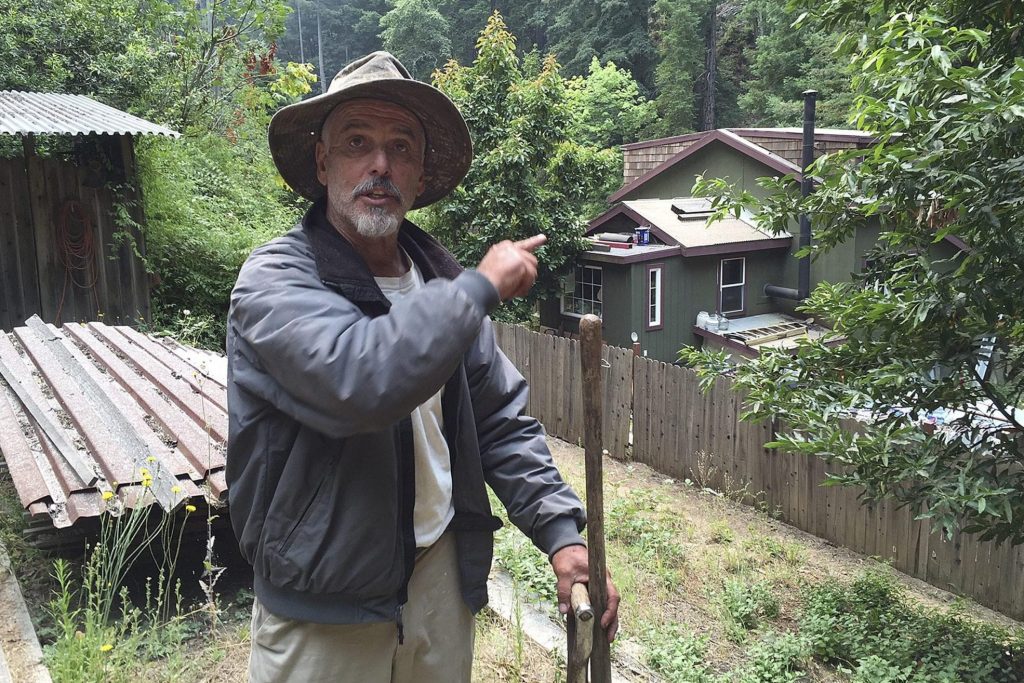Skift Take
After several years of historic wildfires, California has to take a hard look at the future of tourism in its wine regions and mountain resort communities. The fires have exacerbated problems such as a lack of affordable workforce housing.
 Whether you are a home-based travel advisor or you work in a large office servicing high-profile accounts, the Travel Advisor Innovation Report will have you covered with the trends, news, and features you’ll need to stay on top of an ever-changing marketplace.
Whether you are a home-based travel advisor or you work in a large office servicing high-profile accounts, the Travel Advisor Innovation Report will have you covered with the trends, news, and features you’ll need to stay on top of an ever-changing marketplace.
Fall and summer are normally delightful times to visit California’s wine country and mountain resorts, but in recent years these seasons have become synonymous with wildfires of historic proportions. While tourism infrastructure has been largely unscathed and overall visitor numbers remain high, those who manage and market tourism to California are up against long-term challenges.
Communities are struggling to rebuild after the fires, which have exacerbated one of California’s most pressing issues — a lack of affordable housing. Fewer people employed by tourism-related businesses can afford to live in or near the destinations in which they work. Another challenge is to redirect tourism, especially in wine country, away from the popular but fire-prone fall harvest season.
Increasingly, destination marketing organizations in the state are working with local governments and other entities to address housing, traffic, climate change, and other issues. They realize it’s no longer just about getting people to visit the destination — it’s about ensuring the destination remains a worthwhile place to visit.
For more coverage of pertinent issues, click here.
Any suggestions for the coverage you would like to see are welcome. Feel free to contact me at [email protected].
— Maria Lenhart, Travel Advisor Editor
Featured Stories
How the California Wildfires Are Impacting Tourism: Several years of devastating wildfires have taken a toll on California tourism but have not affected overall visitor numbers. Instead, the fires have changed the way the state markets itself and made it harder for tourism employees to live in California.
The New and Outgoing Norwegian Cruise CEOs Talk Industry Challenges and Opportunities: Global cruise lines are growing fast, turning ships into theme parks and dining destinations. The simplicity of cruising remains a strong draw for consumers despite sustainability concerns.
Hotels
Check In, Check Out Anytime You’d Like at These Hotels: The latest perk hotels are offering guests: flexible check-in and checkout. Some charge a fee. But some are granting it for free. It’s an interesting play to attract more loyal customers who will book directly with the hotels and not with online travel agencies.
Is Singapore’s New Hotel Guest Authentication Just Creepy Surveillance? Self check-in by facial recognition at hotels is unlikely to be an industrywide reality anytime soon in Singapore — and that’s not exactly bad news.
Tourism
Travel’s Moment of Clarity: Sober Tourism Is a Real Business: There have always been travelers who don’t drink, but the “sober curious” lifestyle movement has created a defined market of people who are eager for trips, tours, and experiences that aren’t centered around alcohol. It’s surprising that the travel industry has only just started to respond.
A Drop in European Visitors to Thailand Is a Wake-Up Call: While it focuses on arresting a drop in Chinese arrivals, Thailand should spend equal or more time assessing why European arrivals are declining. It’s the higher spending market. The reasons are different, and it’s time for Thailand to look internally rather than blame external factors like Brexit, the baht, and a trade war for Europe’s shrinkage.
EasyJet Seizes on Thomas Cook’s Demise With New Packaged Vacation Offerings: With Thomas Cook out of the way, there’s certainly more space in the package holiday market. People still want to buy these types of holidays, and EasyJet is a well-known brand. Can it be successful where other low-cost carriers have failed?
Aviation
The Rise of Smart Airports: A Skift Deep Dive: After years of being stuck in the past, new “smart” airports are embracing technology and data to improve the experience for both passengers and vendors. But progress is still slow, widening the gap between cutting-edge and archaic facilities. What’s needed? More vision, less bureaucracy.
Skift Travel Advisor Editor Maria Lenhart [[email protected]] curates the Skift Travel Advisor Innovation Report. Skift emails the newsletter every Tuesday. Have a story idea? Or a juicy news tip? Want to share a memo? Send her an email.
The Daily Newsletter
Our daily coverage of the global travel industry. Written by editors and analysts from across Skift’s brands.
Have a confidential tip for Skift? Get in touch
Tags: aviation, hotels, tourism, travel advisor innovation report, travel agents
Photo credit: Resident Keith Bispo points to his house in the Palo Colorado community while interviewed in Big Sur, California, July 29, 2016, with wildfires raging to the north. Affordable housing in regions impacted by wildfires is an issue for the tourism industry. Terry Chea / Associated Press
